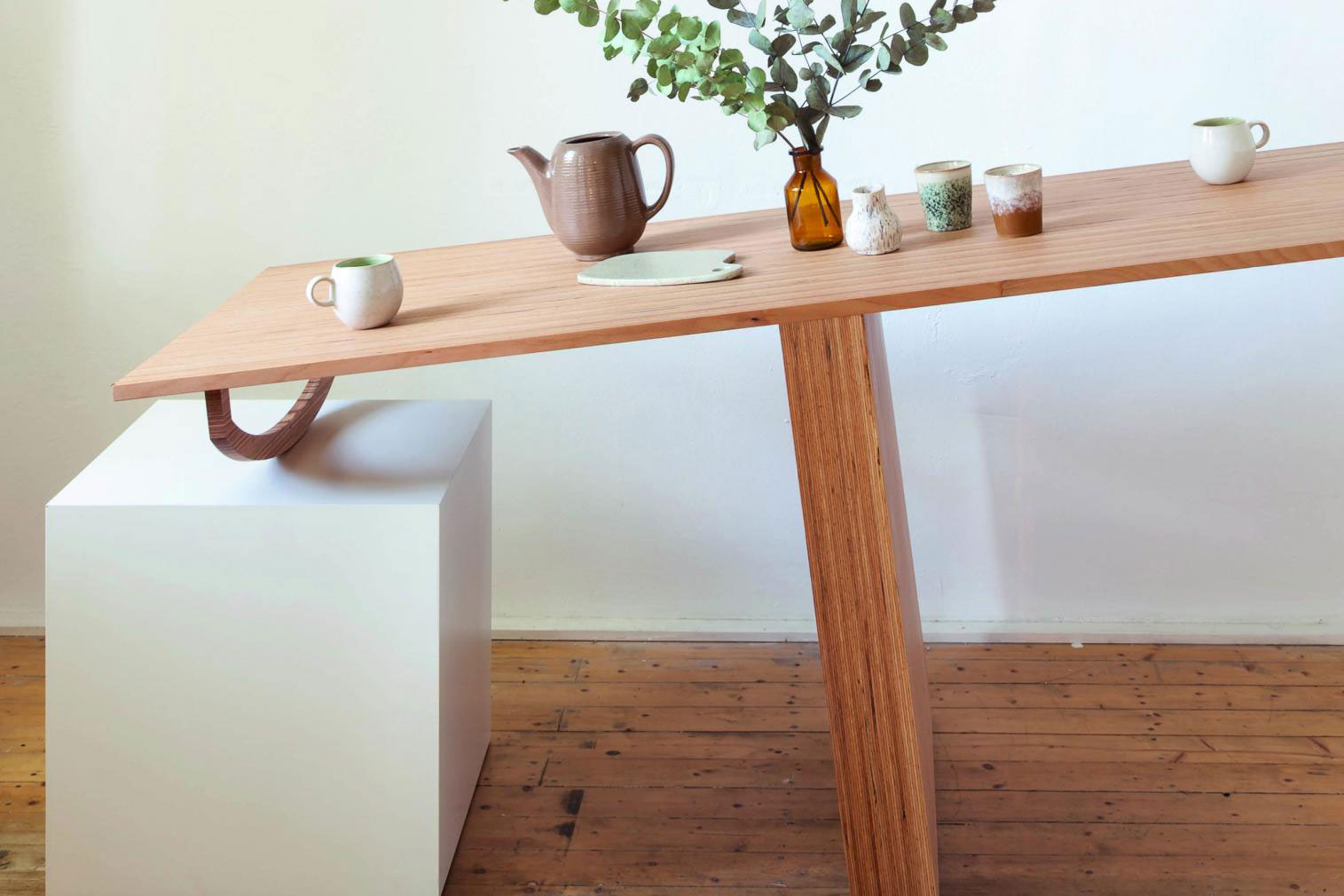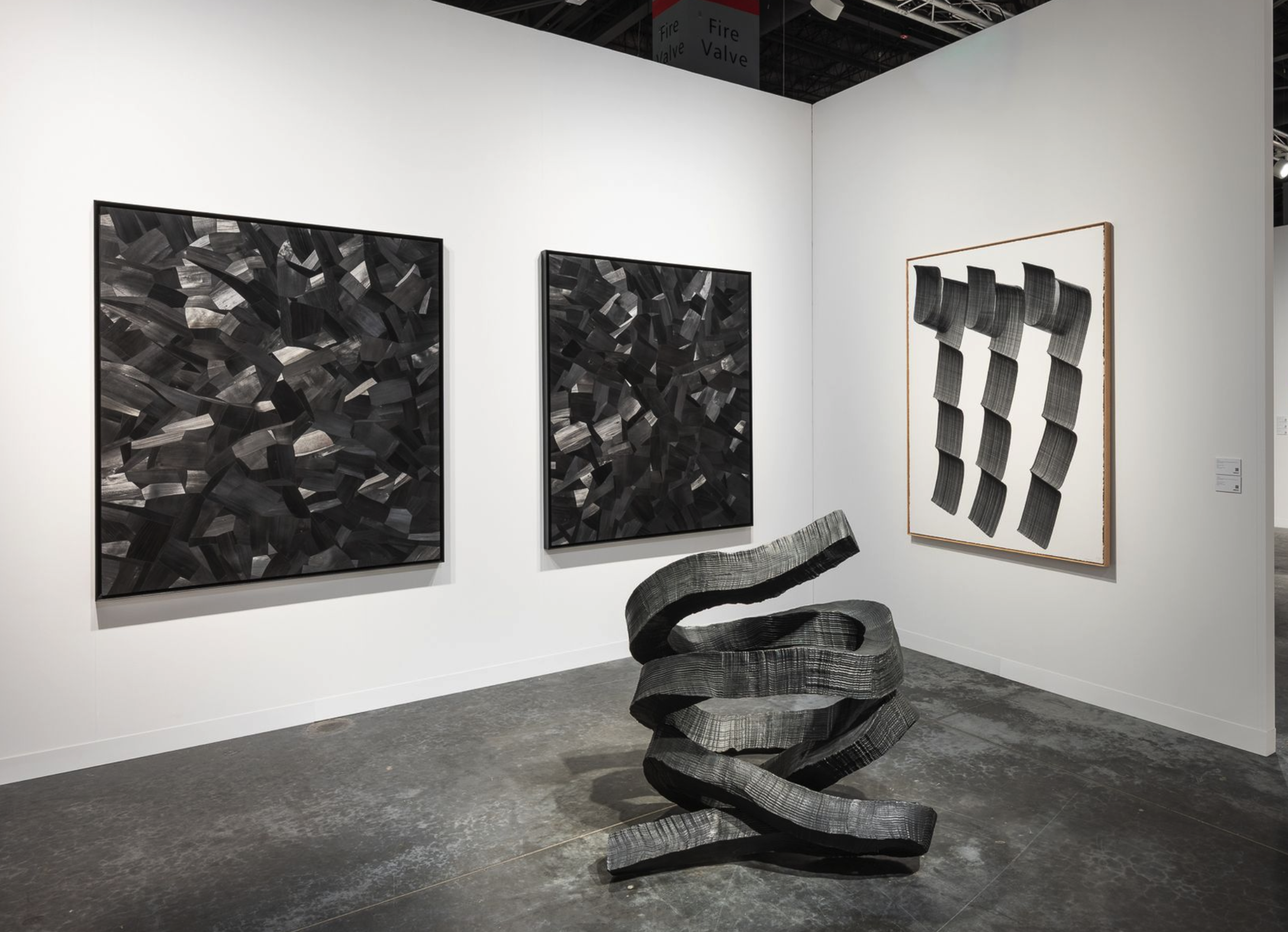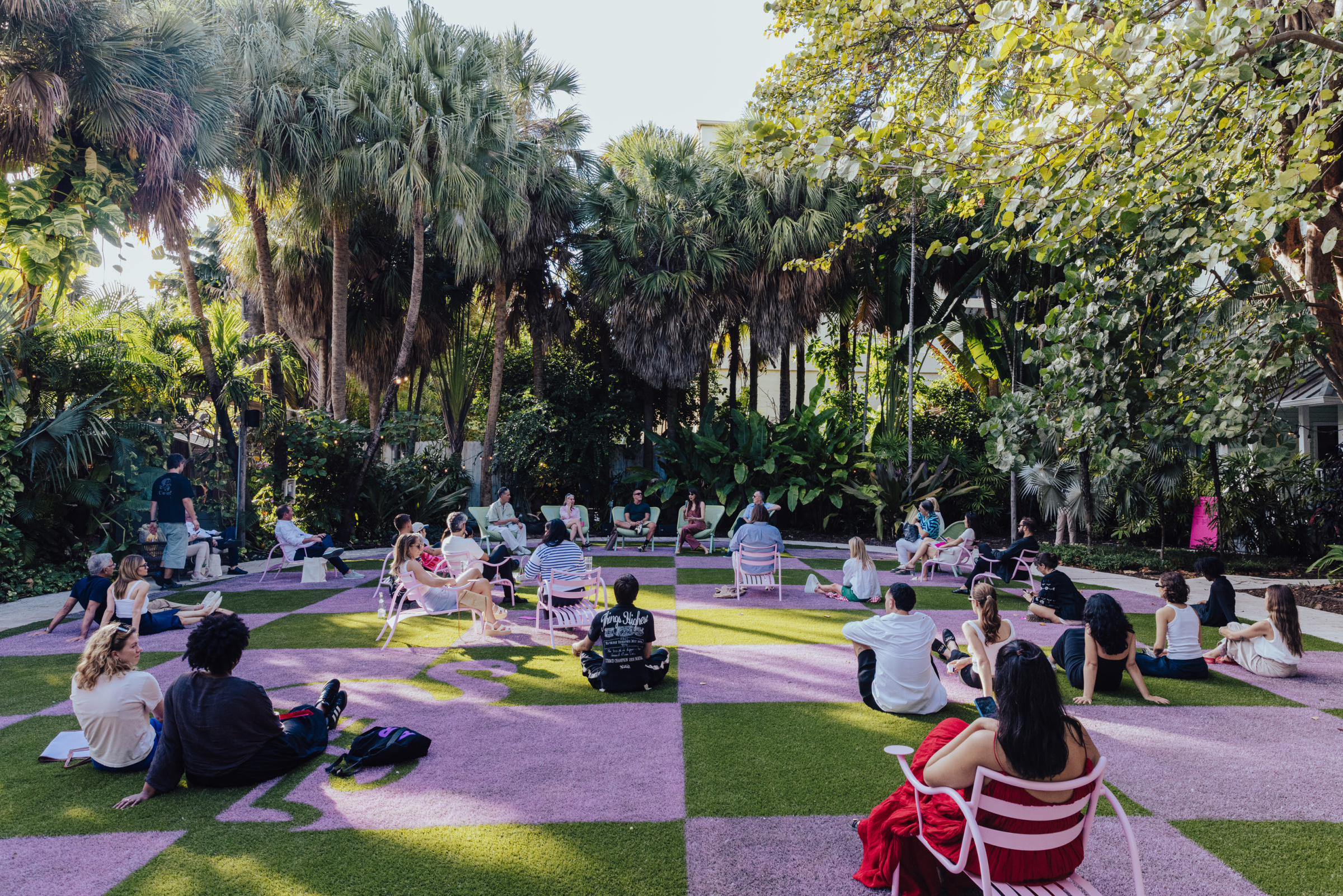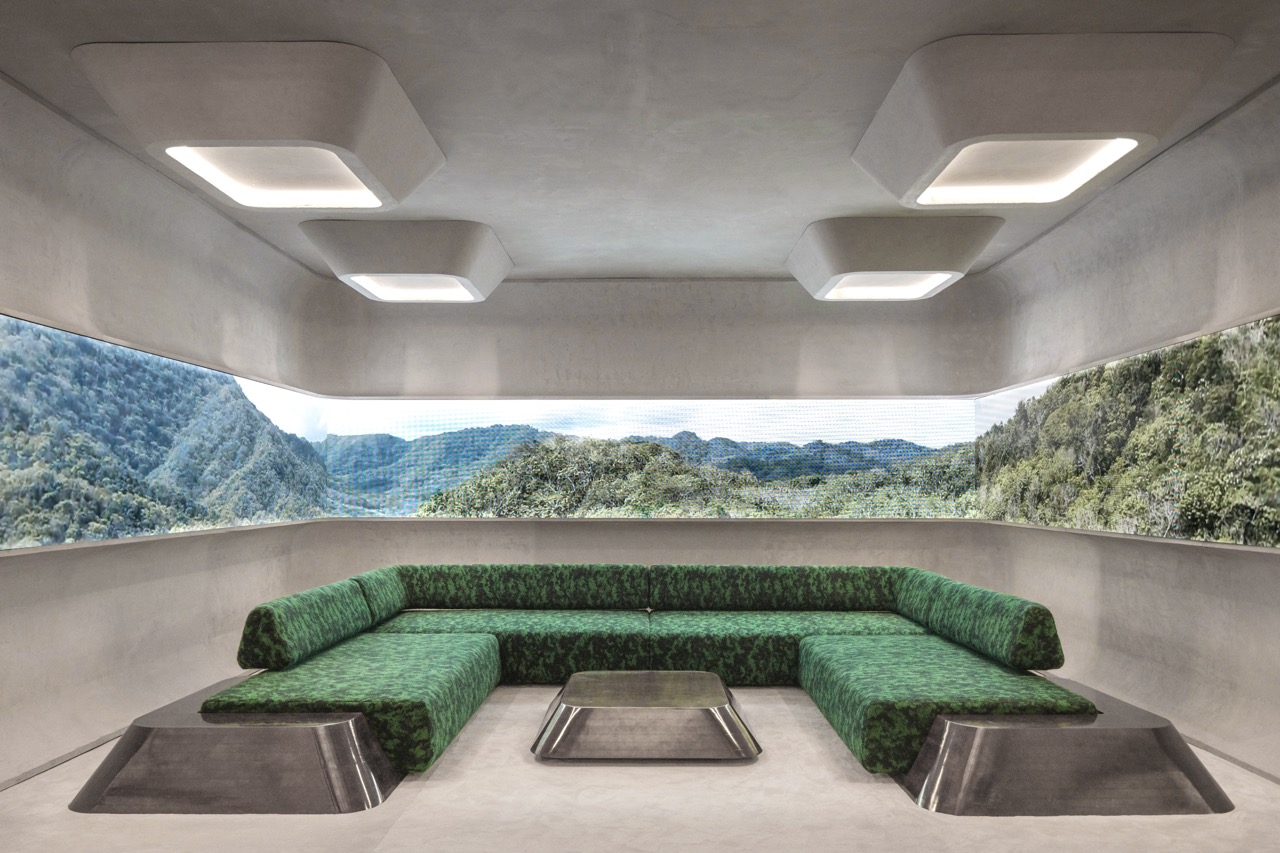Every Thursday the Sixtysix newsletter delivers the latest creative news, designs, and insights straight to your inbox. Here are this week’s highlights. Not on the email list? Subscribe now.
***

Photo courtesy of ddw.nl
Here’s what to watch for at Dutch Design Week 2021, the 20th anniversary of the event.
+ Held October 16–24, Dutch Design Week 2021 has appointed three ambassadors—designer Christien Meindertsma; Natsai Audrey Chieza, founder and CEO of Faber Futures; and architect Floris Alkemade—the latter of which has made a labyrinth-like exhibition to show that “the road to the future is not a straight line, but a continuous search, wandering and changing direction. The project is about finding new ways, looking at things differently. Change is an art that requires improvisation, audacity, and imagination.”
+ Another notable installation is the Illusion of Stability, which features a lopsided dining table designed by Anna van Eck, questioning the importance of stability and how we adapt to challenges and changes in our privileged comfort zones.
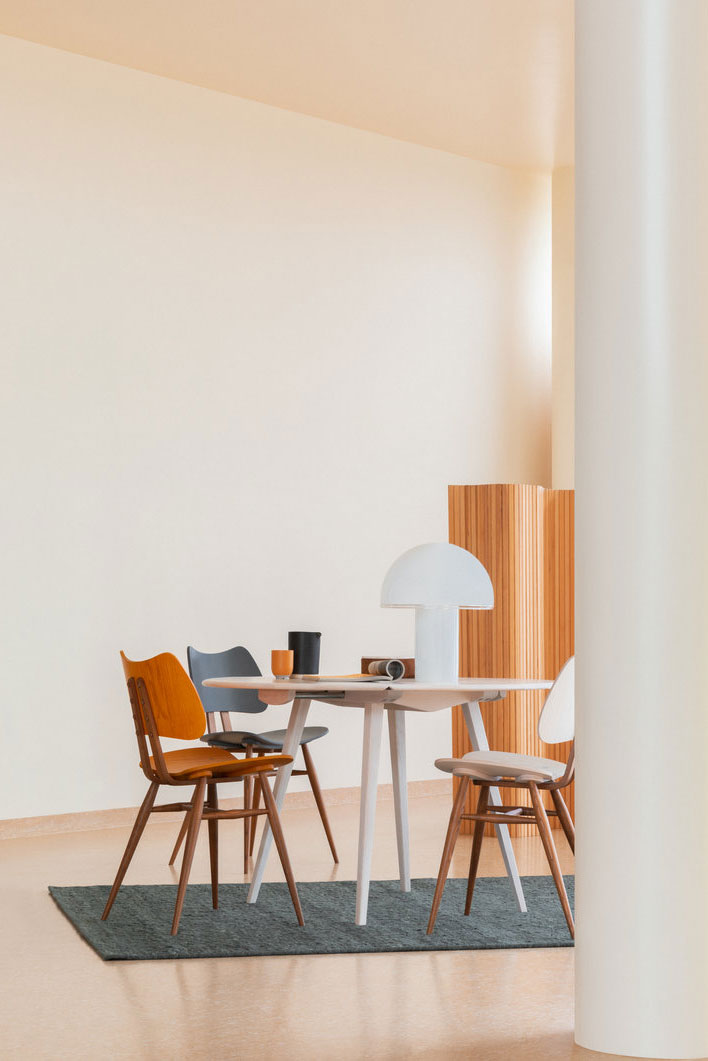
Photo courtesy of lercolani.com
In other design news, Ercol launches sister furniture brand L.Ercolani to celebrate its 100th anniversary.
+ L.Ercolani is named after its founder, Italian designer Lucian Ercolani, and will be the new home for Ercol’s legacy furniture pieces, such as the Butterfly chair and Studio couch, in addition to new, upcoming collections.
+ “As we move into our 101st year of business we are proud to launch a new British brand inspired by my great-grandfather, who believed in making furniture that was modern and honest, designed and crafted to be cherished for generations,” said Henry Tadros, director of L.Ercolani, to Dezeen.
Art Basel’s Unlimited curator, Giovanni Carmine, talks about how the pandemic has shaped art.
+ This year’s Unlimited at Art Basel, which opens to the public September 24, includes works from Dan Flavin, Etel Adnan, Urs Fischer, Olafur Eliasson, Roni Horn, and more.
+ “With the many months of closed galleries and museums—and ensuing isolation— …our encounters with art have intensified: Our attention and lust for discussion is on the rise. We’ve also become more grateful for the artists’ work. This is largely because it has become clear that nothing is to be taken for granted,” Giovanni told STIRworld.
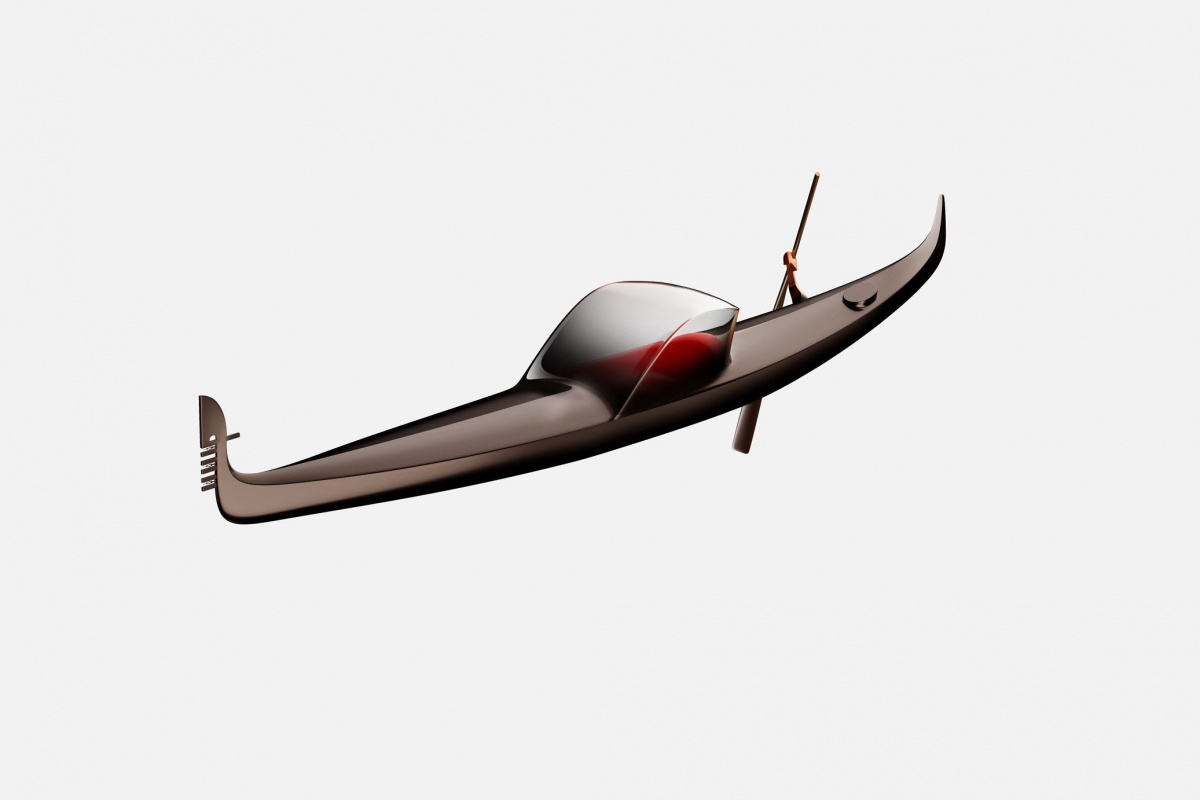
Courtesy of venisia.org
Philippe Starck reimagines Venice’s classic gondola for climate change.
+ Called the “Dream of Winter Gondola,” the concept was developed when the renowned designer was invited to design with a new symbol for VeniSIA, a Venice-based corporate accelerator dedicated to the developing business and technological solutions to face climate change.
+ “I have a lot of admiration and respect for the gondola, one of the most complex boats in the world with its completely asymmetrical design but which nevertheless perfectly balances its weight and can navigate easily even in the most difficult conditions,” Philippe said. Combining Italian heritage and new technology, his version of the gondola includes high-tech features such as algae bioresins, a solar-powered gyro stabilizer, solar-powered electric turbine, and more.
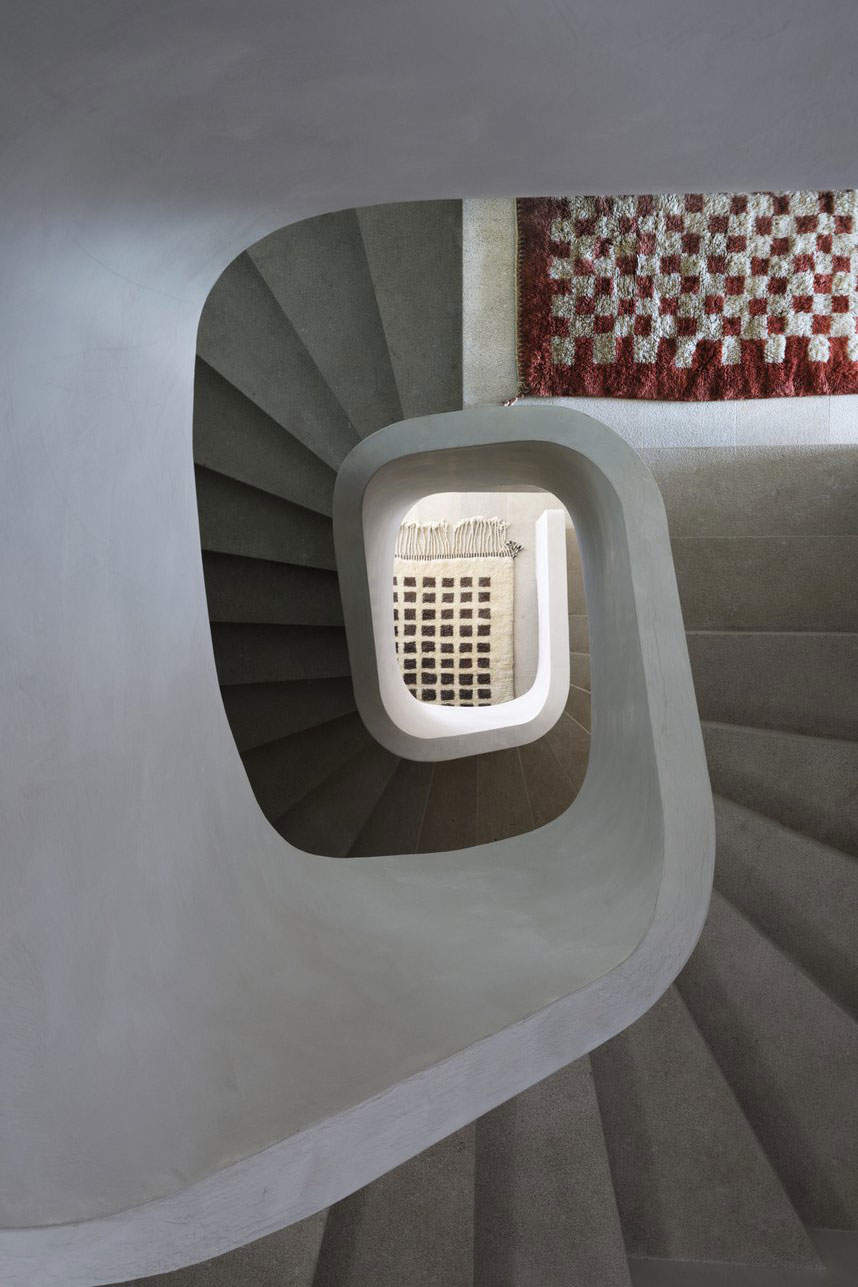
Photo courtesy of benirugs.com
Athena Calderone designs a collection of geometric, handwoven carpets for Beni Rugs.
+ The Broken Symmetry collection is inspired by a 2005 visit to Marrakesh, mixed with cultural references to artist Agnes Martin and architect Luis Barragán. The result is rugs with loose checkerboards and subtle geometrics that pay homage to artisanal practices.
+ “I felt like taking a risk,” the designer told Architectural Digest. “The yarns are hand-dyed and then washed, giving everything this element of imperfection and surprise. I really leaned into that.”
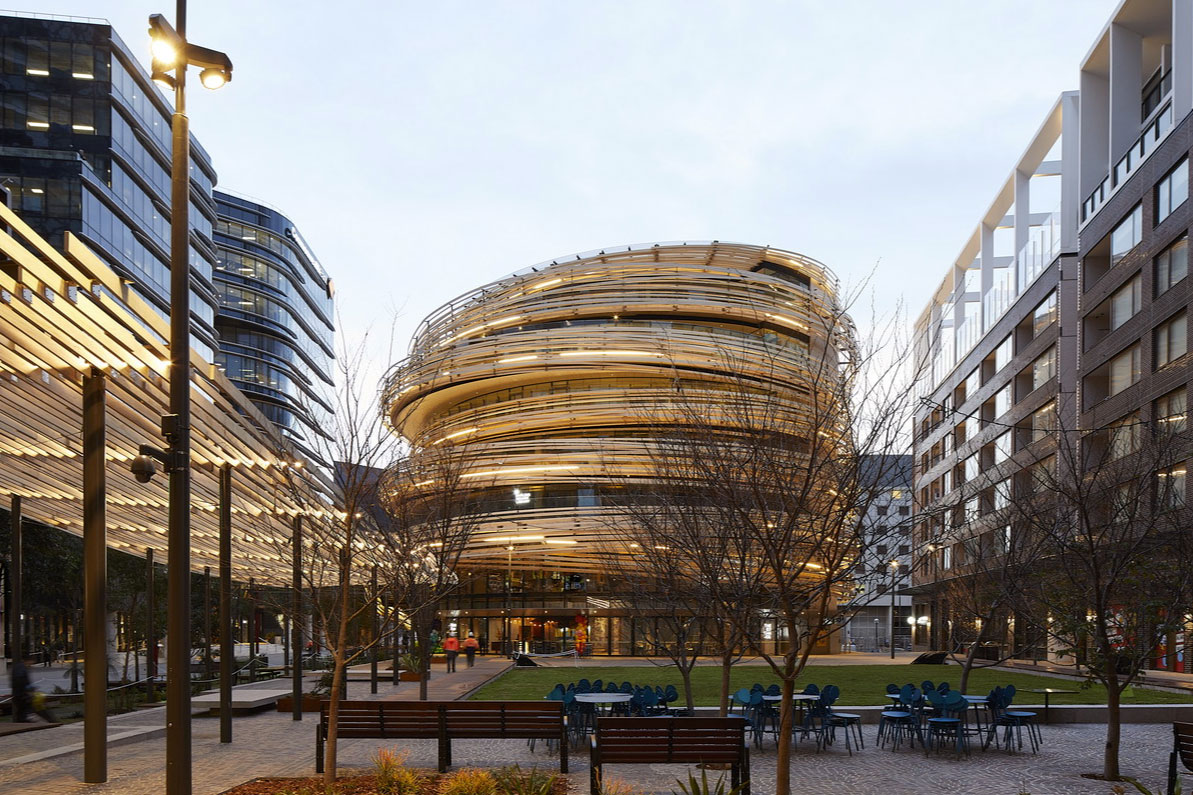
Photo courtesy of kkaa.co.jp
Time names Kengo Kuma the world’s most influential architect.
+ Kengo was the only architect in the magazine’s list of 100 most influential people in 2021.
+ He was recognized for championing “losing architecture”—in other words, creating intricate buildings that disappear into the environment.
***
Want this news roundup send straight to your inbox? Subscribe below.
[ninja_form id=3]
